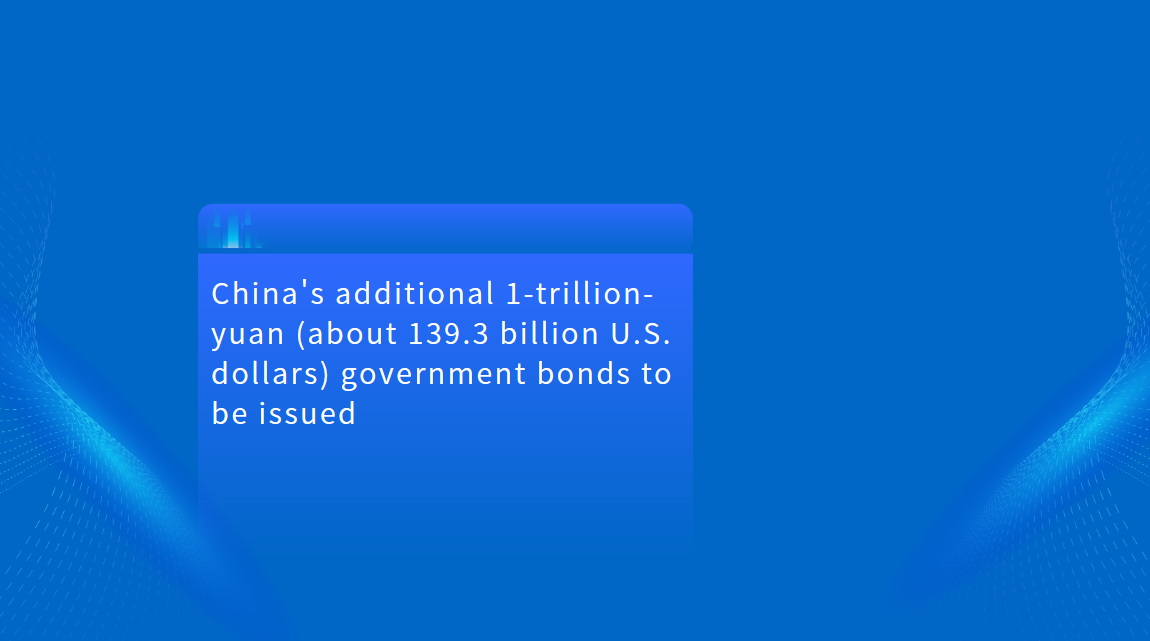China's State Banks Launch $72.5 Billion Capital Drive Amid Special Treasury Bond Issuance
China's four major state-owned commercial banks have unveiled plans to raise a total of 520 billion yuan ($72.5 billion) through targeted A-share issuance, a significant move aimed at strengthening their capital bases. The fundraising efforts come as Beijing prepares to issue 500 billion yuan ($69.7 billion) in special treasury bonds to support the capital replenishment of these banks, marking a coordinated effort to enhance financial stability and bolster economic resilience.
A Large-Scale Capital Boost
The fundraising plans, disclosed via the Shanghai Stock Exchange, outline capital targets for four major banks: Bank of China (165 billion yuan), China Construction Bank (105 billion yuan), Bank of Communications (120 billion yuan), and Postal Savings Bank of China (130 billion yuan). The Ministry of Finance (MOF) will play a central role in these efforts, committing to a combined intended subscription of up to 500 billion yuan.
The raised funds, after deducting issuance-related costs, will be allocated to replenish core tier-1 capital, which is essential for meeting regulatory requirements and improving financial resilience. Given the scale of the initiative, this move signals Beijing's intent to fortify its banking sector amid a complex global economic landscape.

Government-Backed Capital Strengthening
The issuance of special treasury bonds highlights the government's proactive stance in ensuring banking system stability. According to this year's government work report, these bonds are specifically designed to support major state-owned commercial banks, reinforcing their capacity to manage risks and sustain lending to the real economy.
For international investors and financial institutions, this development carries several implications. First, the scale of capital replenishment underscores China's commitment to maintaining liquidity and stability in its financial sector. Second, by strengthening core capital buffers, these banks will be better positioned to withstand potential credit risks, particularly given ongoing concerns surrounding property market challenges and slowing economic growth.
Implications for Global Investors and Institutions
From a market perspective, the capital raising and treasury bond issuance reflect Beijing's strategic approach to risk management within its financial system. Analysts suggest that by reinforcing bank capital structures, China aims to sustain economic growth momentum while mitigating vulnerabilities linked to corporate debt and non-performing loans.
For global financial institutions, the move presents both opportunities and challenges. On one hand, a stronger capital base among China's leading banks may enhance confidence in their creditworthiness, potentially influencing investor sentiment toward Chinese financial assets. On the other, the increasing involvement of the MOF in direct capital replenishment raises questions about market-based financing mechanisms and the long-term role of state intervention in China's banking sector.
Strategic Considerations Moving Forward
As China continues to navigate economic uncertainties, this large-scale capital replenishment effort will be closely watched by global financial players. Whether this injection of capital leads to more efficient lending, improved credit allocation, or greater systemic resilience remains to be seen. However, for multinational investors, understanding these financial maneuvers is crucial for assessing China's broader economic trajectory and its implications for global markets.





















































First, please LoginComment After ~